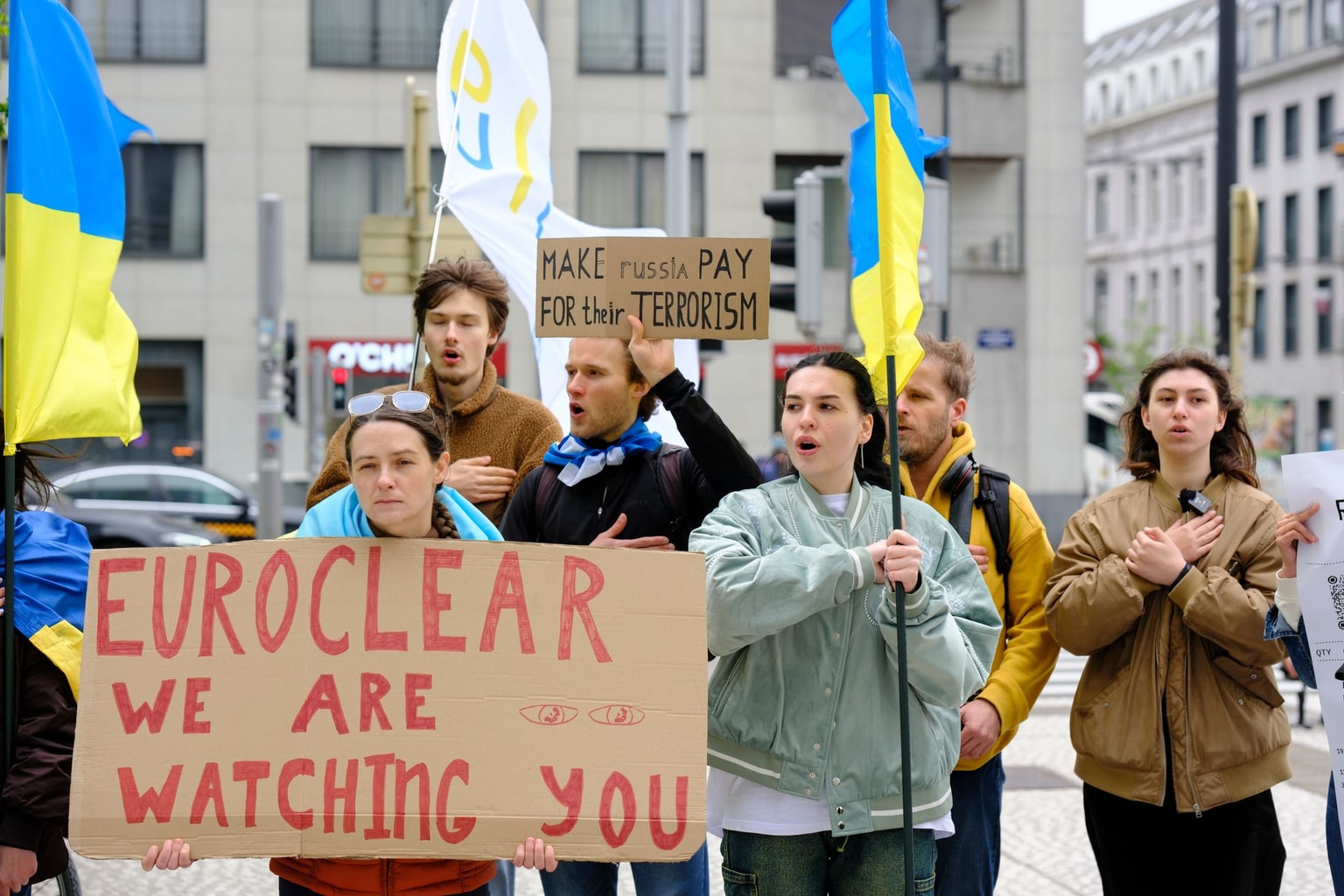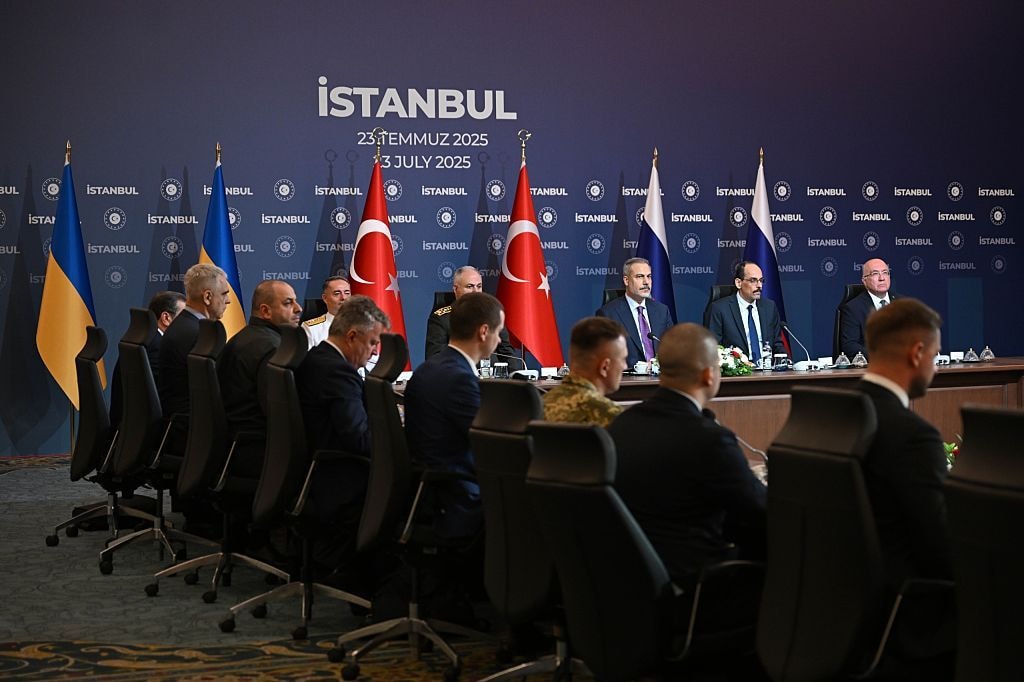3 NATO countries sign deal to speed up military deployments to eastern flank

Germany, Poland, and the Netherlands approved a deal aimed at speeding up the process of cross-border movement of troops and weapons along one of the main corridors leading from the North Sea to NATO's eastern flank, Reuters reported on Jan. 30.
NATO militaries have strengthened their capacity and preparedness since the beginning of Russia's full-scale invasion of Ukraine. While the prospect of the war escalating to an all-out clash between the alliance and Russia has so far been averted, there are concerns that the West has not accepted that it may still be a possibility.
NATO is currently conducting its largest military drills since the Cold War in operation Steadfast Defender, involving more than 90,000 troops. The exercises include simulated deployments of U.S. personnel to European countries on the alliance's eastern flank, as well as on-the-ground training.
Dutch Defense Minister Kajsa Ollongren emphasized the importance of creating conditions that would allow for swift military deployments ahead of any potential conflict.
"The geography is what it is. That means you have to be able to move quickly from the Netherlands through Germany to Poland," Ollongren said.
The three countries signed a letter of intent for closer cooperation in what the EU calls a "military mobility" project open to additional partners.
Over the past few months, several NATO commanders and other alliance leaders warned in increasingly stark terms about the dangers of such a war and what impact it could have across Europe.
Lieutenant Admiral Rob Bauer, the chair of the NATO Military Committee, said earlier this month that NATO countries should be prepared for the possibility of an all-out war with Russia in the next 20 years.
Lieutenant General Alexander Sollfrank, a commander of NATO's military logistics center in Germany, and other NATO generals cautioned that a direct military confrontation with Russia could occur as soon as within the next three years.













